Food
New roof, new digs, same recipe, but something is missing
Is it really Kwacha if it doesn’t have the same grit and grime?
Hantakali
Every time I go to Kwacha, there seems to be something new. One day it’s jibro, the next it’s fokso, and hopefully, during winter, they have fresh batches of flabby, wobbly sanya khuna and takha to liquify in my maw. Given winter has already given Kathmandu a bracing welcome, I decided to make my way down Patan’s alleys to visit once more.
The owner of Kwacha, Suren Byanjankar, is a fifth-generation Newar cook, and the restaurant is an institution. While Honacha often has its praises sung around the Valley, and Kirtipur’s Newa Lahana is certainly a place of pilgrimage, a smaller choir sings for Kwacha.
Walking into this dimly lit joint, there is a macabre buffet of large silvery bowls filled with pieces of animal. There are carnal chunks and tranches of buff: slivered stuffed lungs, marrow-stuffed stomach and minced raw meat among them. And if you’re lucky, there’ll be brain, spinal cord or an organ you won’t recognise. Interspersed throughout this fearsome feast is beaten rice, soybeans, tarkari, and other dishes with less protein, iron and flesh.
Kwacha, divided into two floors, is often host to local men who visit mostly for the aila and chyang. The stuff, which is made in-house, is a worthy addition to any meal. While one picks what they want, the staff synchronously toss bits and pieces into the karai and ask if you’ve ordered enough, encouraging you to get some more.
But, this time, my hopes were dashed. The sanguinary patron saint of buffalo bits and Newar cuisine was out shopping, one young bhai told me. But there was hope, he said between glances at a typically Nepali soap on the television. There’s another Kwacha, a little further away—in Kwako. Dreams dashed, I wondered whether the newer Kwacha would have the same fare, but resolved to give the new spot a chance.
Just a short ride away, the new place is quiet. While the original institution boasts concrete and branded tables, the cramp and the clutter, paired with squealing children from the schools opposite, this bunker-cafeteria kin embodies its old self; but only in terms of food.
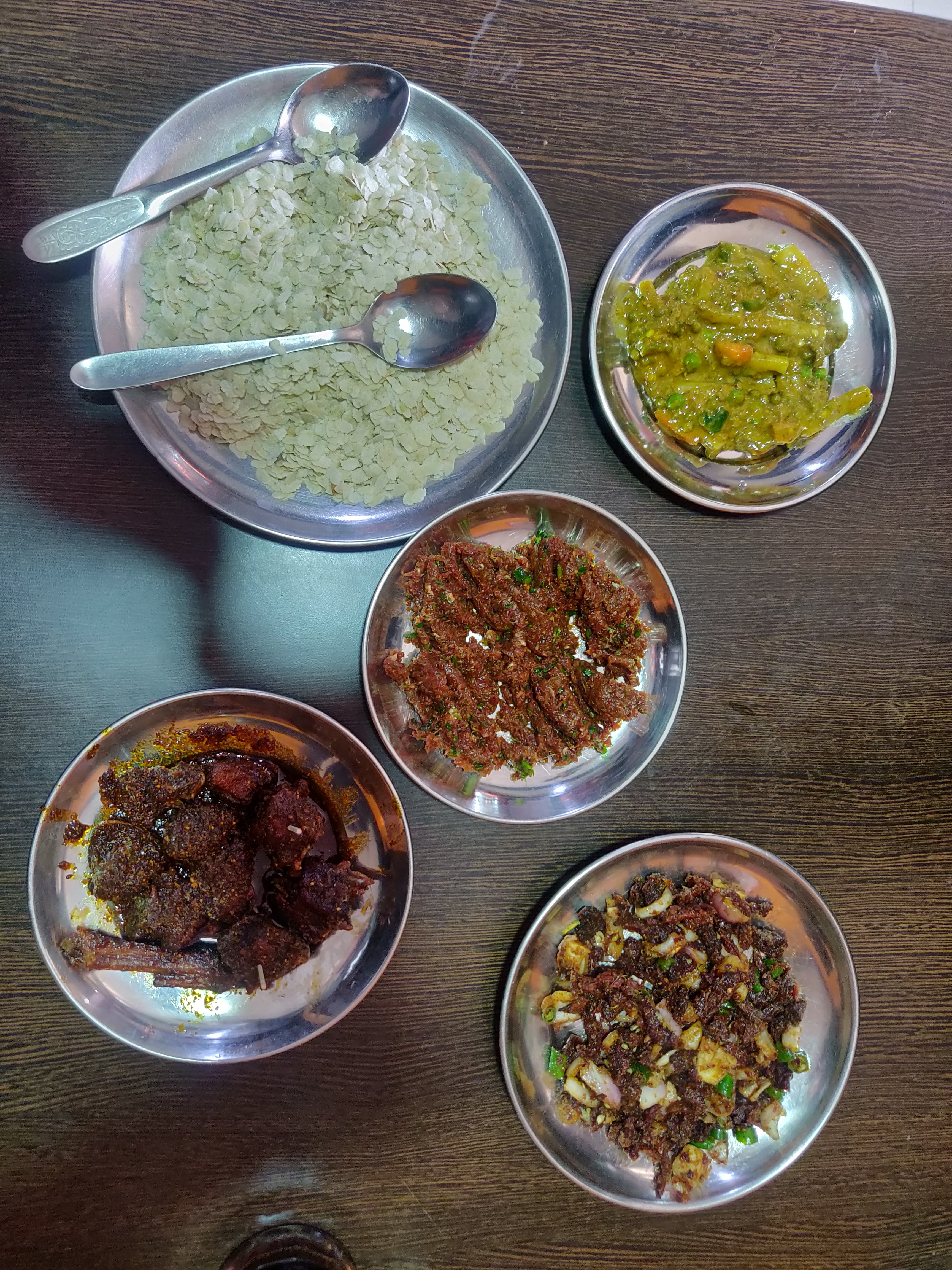
It’s comparably clean—sooty, but has a bit of order—but that’s about it. There’s a little more flotsam, given the amount of space, and, as we all know with Newari cuisine, there’s no such thing as jetsam. Having arrived at the restaurant a little too early, the didi in charge is still cooking. What is ready is a small array of the less ghastly treats, such as buff and duck choila, raw minced kachila and a few others. A disappointing sight, but the didi assures me it is only the start of the day: everything is on the menu.
Ordering out of the way, and cooking underway, sitting down is a distinctly different experience to the original. There’s a couple of others in the restaurant—less than the original spot—despite it not having much food. Who knows how long they might have been there, but they appear to be a few litres of chyang in, and unlikely to leave any time soon. But, there’s plenty of room.
Restaurant recon complete, and preconceptions relatively quashed, I tuck in. There’s kachila, duck choila and some sukuti to start while the didi gets to work on the other plates. The first taste of sukuti explodes on the palate, spreading an arsonistic spice that lingers longer than you might think. Layers of sliced onion add a sulphurous veneer to the sting, but doesn’t remove it, while green chilis act as kindling for the already roaring mouth-based bonfire. The sukuti, however, is cut small and not too chewy, which is rather nice. The large plate of beaten rice is a decent extinguisher for the fire.
What also quells the heat is the kachila. It’s a nice dish—simple mince complemented by coriander, that’s about it. It’s seasoned well, but it’s not spicy, so it is actually a bit of a palate cleanser. At the original Kwacha, I would expect a veritable Annapurna of minced meat, but this was a bit more of a patty. Nonetheless, I had no complaints. The typical Newar achaar of mustardy radish, peas, mung and carrot is equally bracing, distracting the tongue from the heat.
But, with the tongue a dormant fire, the duck choila takes no time in adding plenty more kindling. It makes the sukuti seem tame. But it’s delicious, and it’s spicy, and it’s simple. The duck is fried and doused in a mustard oil and chili mix. While I ask the didi if there’s anything else in there—I suspect a dose of coriander seed—she replies that it’s simply chili. The meat is tender and the bones brittle, making the entire experience a lip-licking, finger-sucking experience.
Oddly enough, at this fleshy temple, one of the highlights on the menu is the buttery potatoes in the alu sadheko. There’s really not much to say about the dish, as it speaks for itself. The buttery potatoes are backed up by tomatoes and seasoning with fenugreek adding a flavourful and acoustic crack to the succulent spuds.
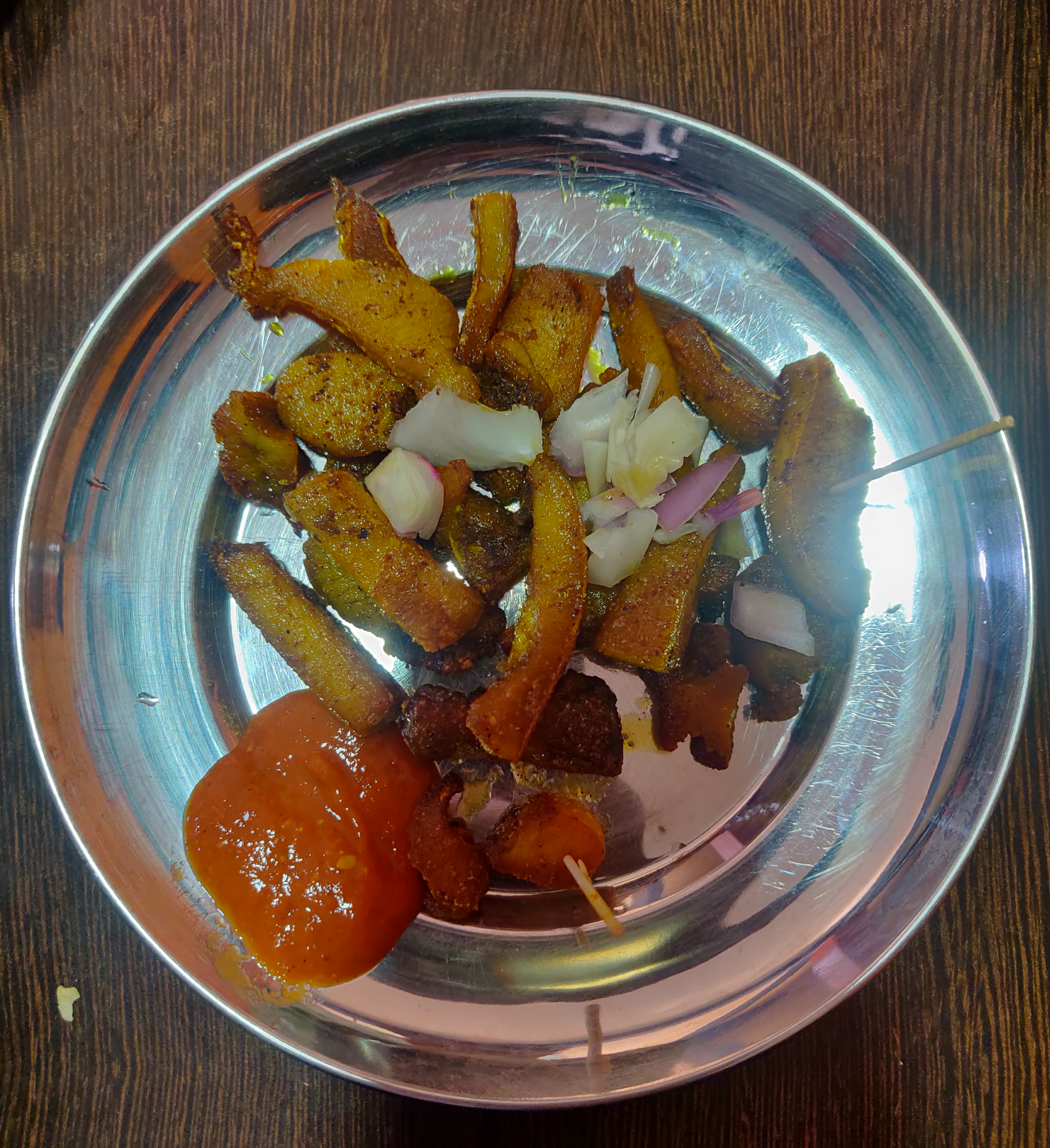
There’s also the kha go, which should act as a litmus test. While I’ve oftentimes considered Kwacha a better spot than Honacha, I thought it worth looking at how the Lahana-Kwacha comparison would fare. The Kwacha kha go is a little more succulent, and easier to eat. The stomach pieces are unstriated, unlike Lahana, leaving them with a fat-like texture. They’re succulent and tasty, but relatively plain, and souped slightly by a plain but tasty tomato achaar. It’s hard to say which was better, so the experiment must have failed.
For an institution’s nouveau iteration, it’s a relatively pleasing affair. The food’s pretty close to the original’s quality and the experience is up to the mark. Deciding between the two, however, it’s hard not to remain loyal to the old dog’s old tricks. When it comes to Newar food, it’s always nice to eat in the expected climate of grime, cigarette smoke and the sweet fermented smell of spilled chyang and aila. While the new restaurant achieves this, I won’t be running to it. There’s nothing wrong with the place, it just simply doesn’t feel like Kwacha.
Kwacha: Rs100-500 pp
Food: ★★★
Ambience: ★★★
Value: ★★★




 14.12°C Kathmandu
14.12°C Kathmandu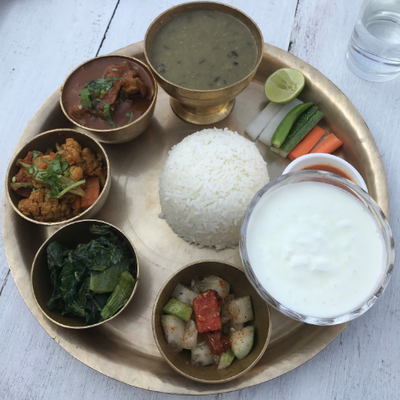
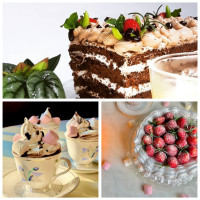





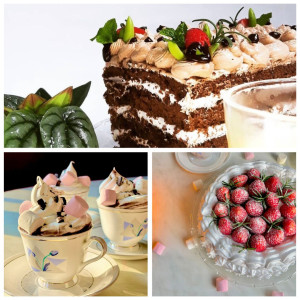


%20(1).jpg&w=300&height=200)

